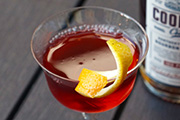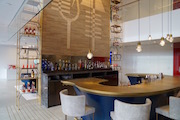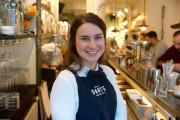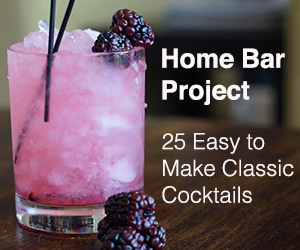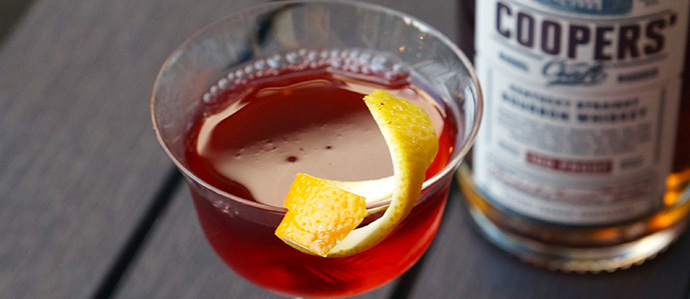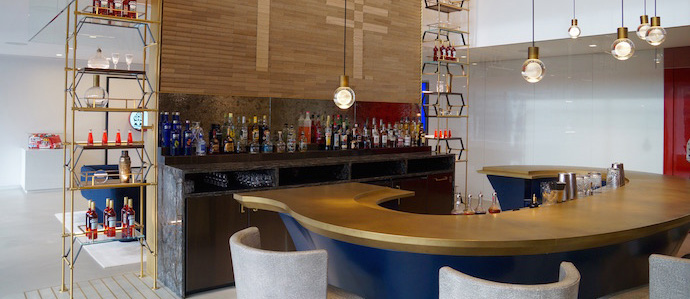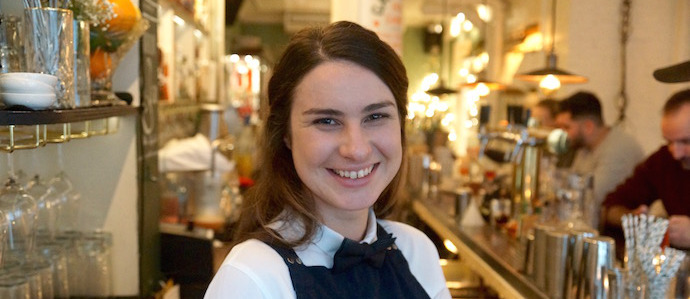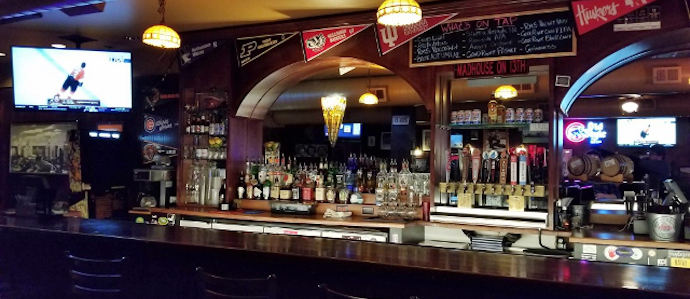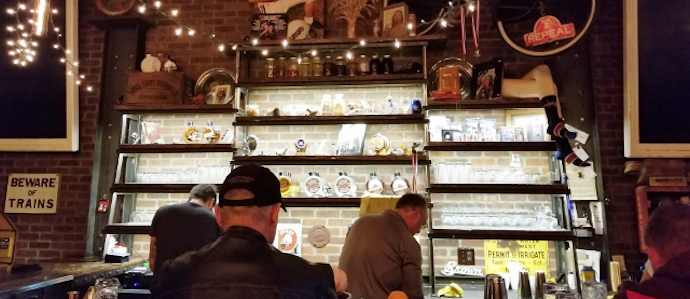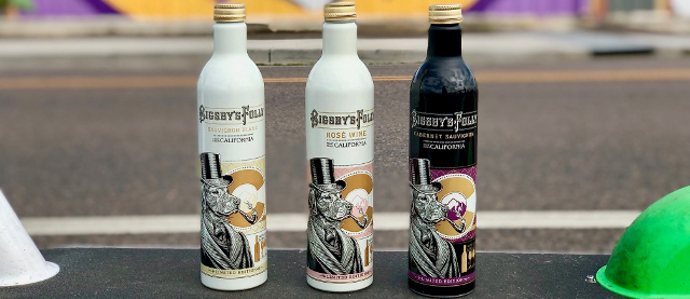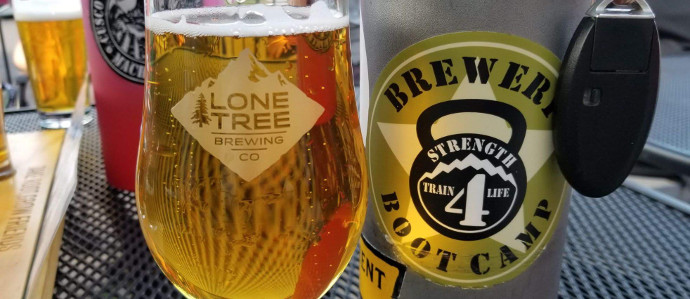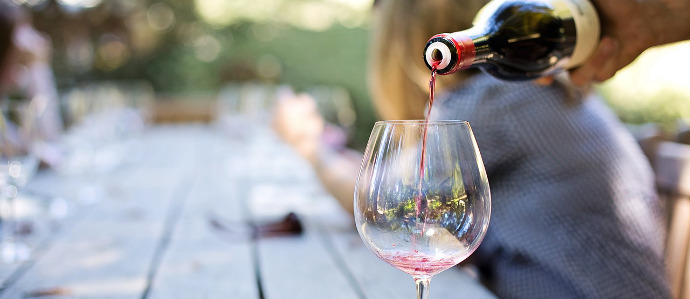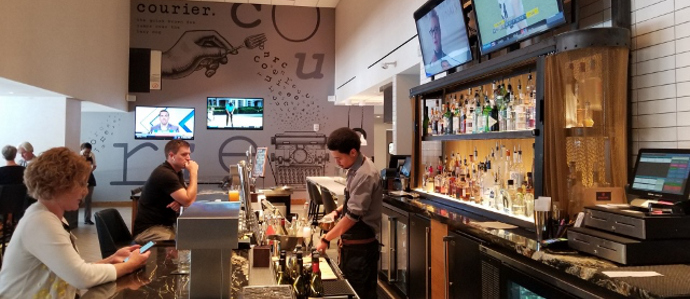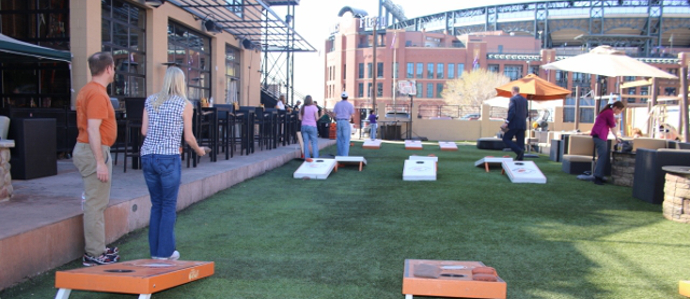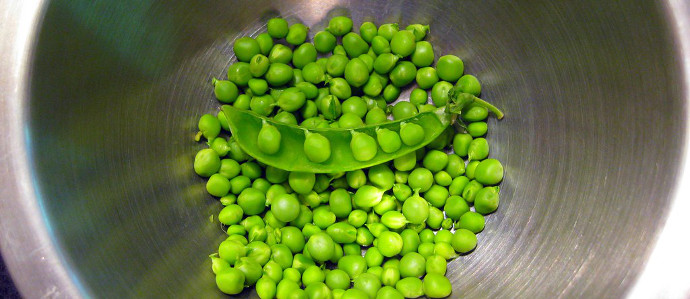Brewing Up Cocktails: Behind the Scenes at a Tales of the Cocktail Spirited Dinner

The last week in July marked the 10th anniversary of Tales of the Cocktail, the country’s premier gathering of bartenders, spirits brands, and cocktail enthusiasts. Held every July in New Orleans, it’s an opportunity for the entire industry to come together for seminars, drinking, parties, drinking, tastings, and, of course, more drinking.
Among the most anticipated events at Tales of the Cocktail are the Spirited Dinners, a series that teams bartenders from around the world with some of New Orleans’ best restaurants for multi-course dinners pairing cocktails with local cuisine. Each dinner has a unique theme; this summer these included port cocktails, cocktails made with bitter ingredients, and an event celebrating Tom Bullock, the first African-American bartender to write a cocktail book.
This year I had the pleasure of being selected to run one of these Spirited Dinners along with my frequent collaborator, beer blogger Ezra Johnson-Greenough. This was a new experience for both of us. Consider this post a peek at what it takes to pull off one of these dinners, along with a cocktail recipe you can make for just one person or scale up to serve a party of 70. Many of these tips will come in handy when planning a cocktail party of your own.
What, Where, How
The first step is lining up a theme, sponsors, and venue. Our theme was “Brewing Up Cocktails,” a night of cocktails that all feature beer as an ingredient. For sponsors we lined up El Dorado, producer of fantastic rums from Guyana, and Drambuie, a classic Scotch-based herbal liqueur. For the venue, Tales of the Cocktail put us in touch with Emeril’s Delmonico, which serves meat-centric dishes we knew would pair well with beer cocktails.
The Menu
The next step is creating the menu, which required individual recipe testing followed by marathon tasting sessions (not that I’m complaining). We sent these on to the chef, who created dishes to complement each drink. Then we coordinated with sponsors, distributors, and the restaurant’s bar manager to source ingredients, glassware and garnishes. All of this had to be done from across the country, so it’s a lot of moving parts to keep track of.
Speed
Finally, there’s the biggest challenge: Figuring out how to serve a whole lot of craft cocktails in a short amount of time. Our dinner sold about sixty tickets, which multiplied by four courses comes 240 drinks. As an added complication, the drinks have to come out in courses timed with the food, so they have to be made in rapid succession.
We had our own bar to work from, so before each course we would lay out all 60 glasses that we would require and every shaker we could get our hands on. Then we’d receive an alert 8 minutes in advance of when each course’s food would arrive at the table, and our job was to start shaking like mad men to get the drinks up in time. A few sweaty, messy minutes later, we’d wipe everything down, wash all of our shakers, refill the ice bin, and set up for the next course. Putting out this many drinks isn’t a marathon; it’s more like four intense sprints.
Scale
The only way we could pull this off is by batching our drinks, scaling them up to create a perfect pre-mix we could shake with ice when the time came. Here, for example, was our dessert drink, the Chocolate Stout Flip:
1½ oz. El Dorado 15 year rum
1 oz. Averna
1 oz. Young’s Double Chocolate Stout
2 dashes Angostura bitters
1 whole egg
To scale this up to 70 drinks (leaving a little extra for spillage or for us to enjoy ourselves) we came up with this:
105 oz. El Dorado 15 year rum
70 oz. Averna
70 oz. Young’s Double Chocolate Stout
3.5 oz. Angostura bitters
70 whole eggs
Scaling up creates complications. For starters, how do you translate 140 dashes? Do you actually dash 140 times and keep count? Instead, we calculated with a conversion of 1 dash as 1/32 of an ounce. Then, to be sure we didn’t add too much bitters, we dialed this down slightly and then tasted to see if more adjustment was needed. It came out fine with the slightly smaller volume listed above.
With this batch made, we used 4-oz. ladles to scoop the mixture into shakers with ice and make the individual drinks much more quickly, shaking them hard and straining them into wine glasses and finishing with freshly-grated cinnamon.
The eggs are a second complication. When making this drink individually, we would add all the ingredients at once and then shake with ice. However we weren’t sure how well the eggs would keep with the other ingredients, so we cracked those into a separate container and added them right before service. (Two of our cocktails required eggs, so we went through 140 eggs in one night.)
One more complication with the eggs: How do you combine them into the drink? Cracking or scooping them in one-by-one per drink would be too time consuming, and getting the smooth texture we desired would require a lot of shaking. This is where it pays to have the right tools on hand, in this case a truly massive immersion blender from the Delmonico kitchen:
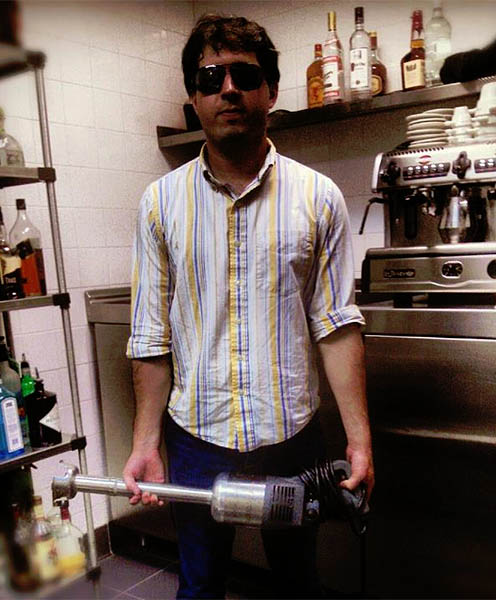
When we received word that it was time to make the drinks, we dumped all 70 eggs into the batch and then revved up the blender. In seconds it thoroughly blended the eggs into the other ingredients, giving us a perfectly smooth mixture to shake with ice.
A Little Help
However our real secret weapon wasn’t the blender, it was our friends who came to help. One of the great things about Tales it that with so many events going on, you can rely on the community in the drinks industry to step up and make it all work. Knowing we could use a hand, I asked for volunteers on Twitter to help us with the shaking. Andrew Friedman (owner of the excellent Liberty Bar in Seattle) and Amanda Rosbrook gave up their night to answer the call. Amanda doesn’t tend bar, but was there to finish each drink with its needed garnish and be the final eye in quality control for each drink going out the door. Inside the bar we were a frantic flurry of ice and shakers, but out in the dining room everything seemed polished. We couldn’t have pulled it off so smoothly without their assistance.
Organizing and executing an event like this wasn’t easy, but it was one of the most rewarding bartending experiences I’ve ever had. I look forward to doing it again sometime — but hopefully with fewer eggs.




